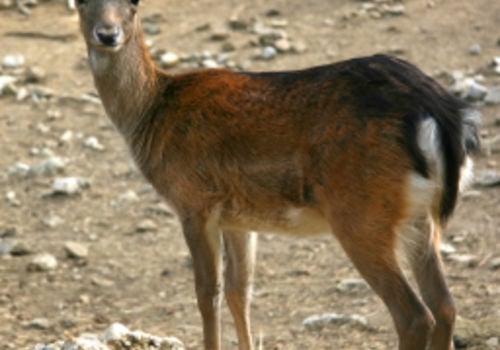
Duiker
Sylvicapra grimmiaDuiker
Introduction: The common duiker (Sylvicapra grimmia) gets its name from the way it make off and zig-zag when they are disturbed, in a series of plunging jumps as they dive for cover. (Afrikaans duik = dive). They can be easily confused with the steenbok, although the duiker is nocturnal. Duikers are extremely territorial and a male will stalk and charge an intruding male. This can ensue in a furious battle with serious stab wounds being inflicted on either animal. They are most active at dusk and dawn and also into the night. Leopard is the main predator.
Distribution: Duiker can be found all over Namibia, particularly in the Caprivi Region. They are known to penetrate the coastal Namib Desert along dry watercourses.
Diet: The common duiker browses on a variety of shrubs and herbs, mainly the leaves, flowers, and dig for roots and tubers and nibble at the bark of trees. They sometimes eat mopane caterpillars and may even feed on carrion, but rarely eat grass.
Colouring: The duiker is a greyish-yellow colour with a black line. Their ears are long and narrow and males have closely set horns with ridges. The tail is dark on top and white underneath.
Breeding: After a gestation period of three months, the duiker female gives birth to a single lamb, once a year. After the lamb is born, the mother leaves it under heavy cover and returns two to three times a day to suckle. Full grown at 7 months, females first mate as early as 8-9 months, and give birth at one year.
Size: A small antelope, the common duiker can reach a shoulder height of up to 50cm and can weigh between 15 to 18kg. Females stand slightly taller and are heavier. It is only the males that carry the short straight horns.
Klein Windhoek

